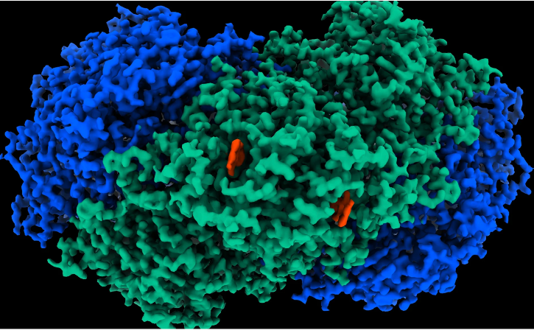The idea of creating power “out of thin air” is no longer a pipe dream. With the potential to be an almost infinite source of renewable energy, scientists have discovered a way to convert air into electricity using an enzyme.
A team from Monash University in Melbourne, Australia found the hydrogen-consuming enzyme in a soil bacterium. According to scientists, it was able to produce electrical current utilising the atmosphere as its energy source.
Professor Greening from Monash University’s Biomedicine Discovery Centre stated, “We’ve known for a while that bacteria may use the trace hydrogen in the air as a source of energy. But until recently, “we didn’t know how they achieved this,” he continued.
How an enzyme functions
The aforementioned enzyme is known as Huc and is pronouced “Huck.” The enzyme, which is produced by bacteria, may function in soil, water, volcanic craters, and even in Antarctica. It is the first time that scientists have used it to produce electricity.
You wonder how it summons electricity. Scientists claim that Huc functions as a hydrogen gas scavenger, suggesting that Huc is unique among known enzymes in its ability to absorb the gas at levels below atmospheric pressure.
This makes it a “natural battery,” able to generate a tiny electrical current from the air or from the addition of hydrogen. This discovery provides new opportunities for producing cleaner electricity. Devices may one day be able to create energy out of nothing.
What they really intended to do, according to the study’s principal investigator Dr. Rhys Grinter, was isolate Huc from a bacteria that could scavenge atmospheric hydrogen. That is a difficult task to complete because these environmental microorganisms are frequently difficult to grow. So, we developed a series of new methods for, first, growing the bacteria, then breaking them open and then using chemistry to try and isolate this single component,” Grinter added.
They decided to use the 1884-discovered bacteria Mycobacterium smegmatis for this endeavour. Dr. Grinter claims that in order to research and cultivate bacteria, it is crucial to be able to alter their genomes, and with M. smegmatis, such tools are available.
What might be “Huc’s” power?
Purified Huc can be preserved for a long time, according to research done in the lab by team member Ashleigh Kropp. “Quite stable, in fact. The enzyme can be frozen or heated to 80 degrees Celsius without losing its ability to produce energy “explained Kropp. This illustrates how this enzyme aids bacterial survival in even the harshest settings.
Huc needs a lot more investigation before it can be used as a reliable energy source. In commercial chemical synthesis, “Huc may utilise the electrons from modest amounts of hydrogen in air to execute these chemical alterations,” claimed Dr. Grinter. Huc can also be used as a hydrogen sensor because it generates an electrical current when hydrogen is present.
According to researchers, Huc could be used to generate small amounts of hydrogen or air to power electronic gadgets. The amount of hydrogen in the air is extremely low, therefore more hydrogen would be needed to actually power equipment.
What do you think about this enzyme? Let us know in the comments below. For more in the world of technology science, keep reading Indiatimes.com.
source from: msn.com



